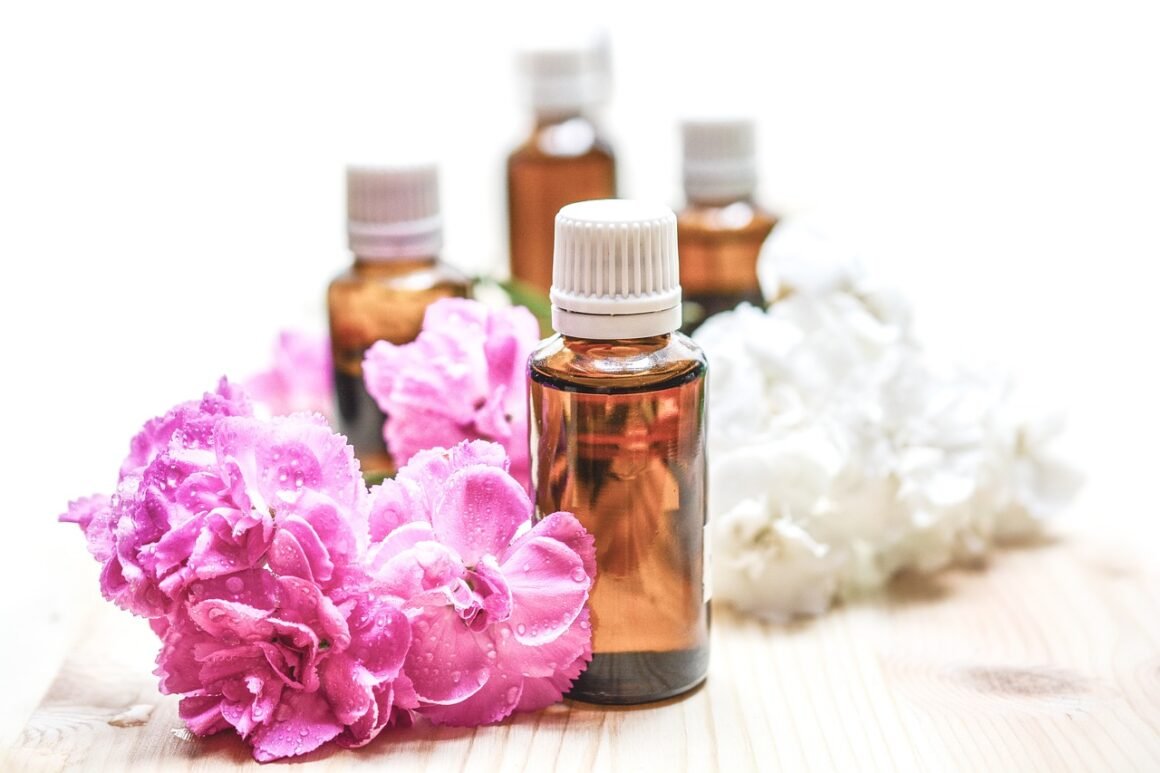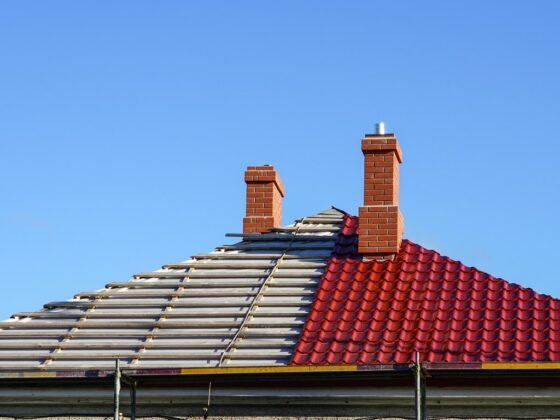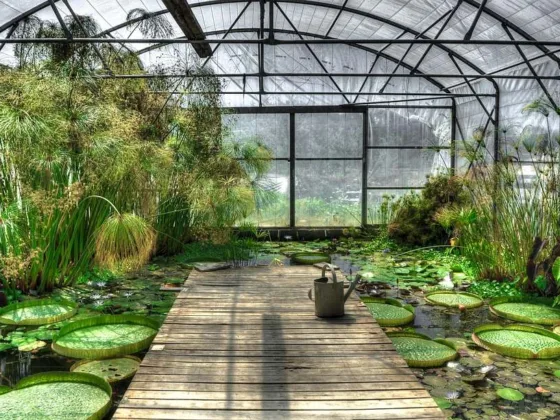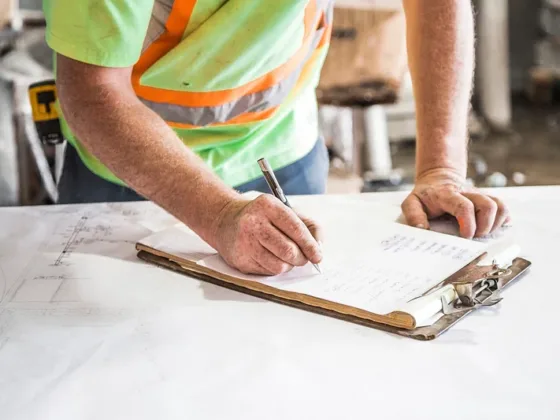We’re loving natural scents and we’re not alone. The essential oil industry is booming as the market size grows substantially each year!
There’s a good chance that you’ve purchased at least one fragrance oil recently but you may not realize how they’re made.
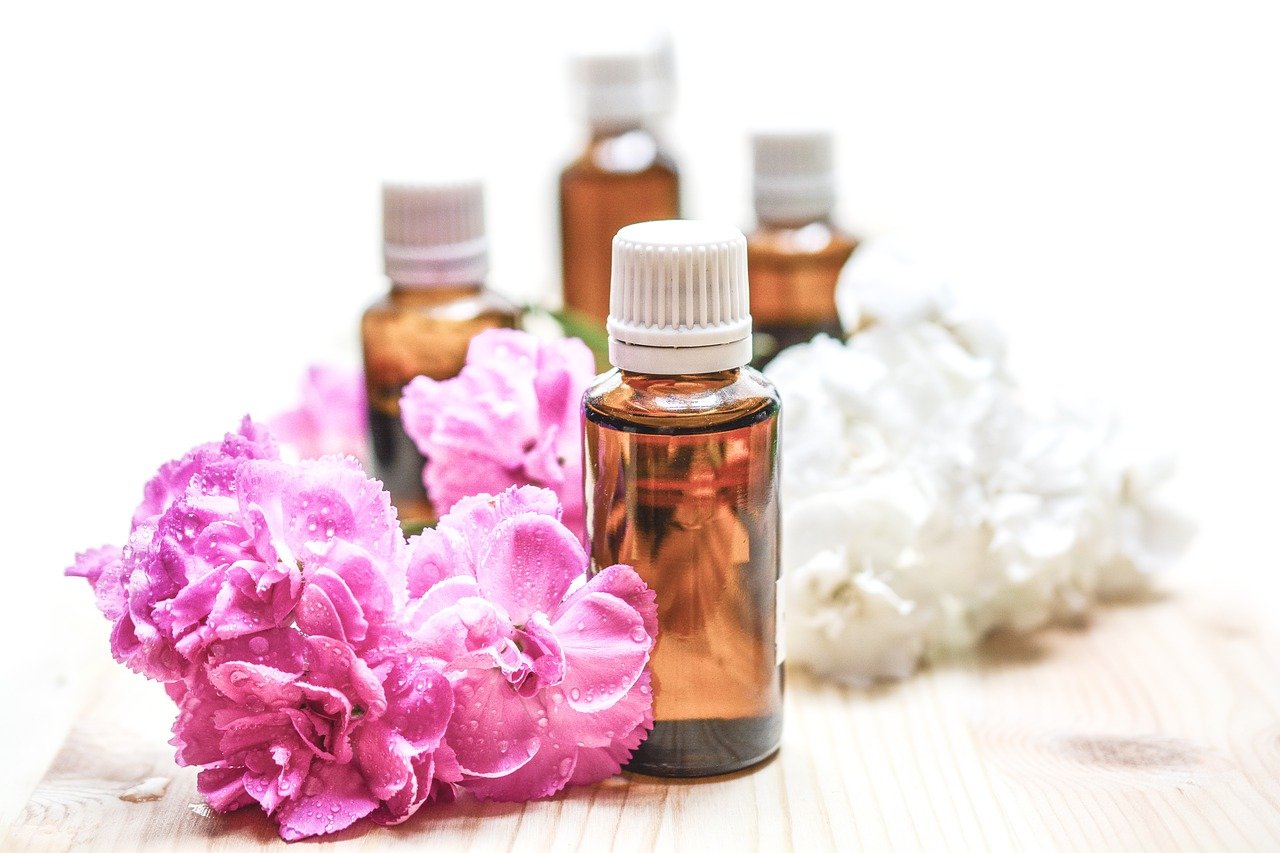
While the most important thing is that you purchase your fragrance oils from a company that prioritizes quality, it’s still fun to know what goes on behind the scenes!
Read on as we discuss a few of the ways that your favorite plants are turned into your favorite fragrance oils that are perfect for diffusion.
What are Fragrance Oils Made Of?
First, let’s talk about what fragrance oils are made of. You probably know that your oils are coming from the plants they’re named after.
What we mean is that yes, your lavender oil came from a lavender plant and your eucalyptus oil came from a eucalyptus plant!
Plants produce scented oils for evolutionary reasons. Some plants throw off their essence to attract pollinators while others produce a smell that warns hungry critters to stay away.
Fragrance oils are simply concentrations of the essence of one or several plants (like this great blend from AromaTech).
Popular Methods for Making Fragrance Oils
How do fragrance oil makers extract the essence of a plant to create your favorite oils? Popular methods include:
- Steam distillation: plant materials are placed into a still that fills with steam, lifting away the scented compounds that become the oil. Then, the oil is separated from the remaining solid plant material
- Maceration: a carrier of oil passes through the plant material, picking up the scented compounds. The plant material is then pressed to release any remaining liquid and separated from the oil
- Cold-press extraction: a device bursts the sacs containing scented oils in the plant material, pressing the plant material to squeeze out any remaining scented compounds before separating the remaining material from the oil
As you can imagine, these methods are difficult to repeat at home. If you want to try your hand at creating your own fragrance oils, you can give a method like maceration a try.
However, keep in mind that maceration creates an infused oil, rather than an essential oil, and the scent may come out weaker than you’re anticipating.
Some DIY-fanatics have had success with at-home steam distillation, but unless you intend to make tons of fragrance oils at home, it’s not worth the initial investment. Whether you buy or create a still, it can run hundreds of dollars!
Set the Tone with Fragrance Oils
There you have it! Your favorite fragrance oils started out as plants that underwent one of several oil extraction methods. The good news is that you don’t have to learn the science behind it all to enjoy aromatherapy with the help of scent diffusers.
Looking for ways to incorporate a scent diffuser into your mindful design? Take a look around as we discuss the many ways that you can decorate, remodel, and organize to create a happy, peaceful home.
